[ad_1]
Summary
- Gentle acceleration and braking can reduce fuel consumption while driving, benefiting both your wallet and the environment.
- Driving at lower RPMs, avoiding excessive braking, and proper route planning are key to efficient driving practices.
- Hypermiling techniques have shown record-breaking results in fuel economy, with hypermilers achieving over 80 MPG.
Who doesn’t like saving gas? There’s nothing quite as comforting as starting the week knowing you have an extra half tank of fuel. While you can opt for a car or a vehicle that consumes less fuel or alternate between your car and a bicycle, driving habits make a significant difference.
Nowadays, with a significant increase in fuel prices worldwide and the growing issue of greenhouse gas emissions, drivers have begun to implement new techniques to reduce consumption of fuel and give their vehicles a more sophisticated treatment.
The combination of these techniques is referred to as “hypermiling”, a practice that is widely used today and increasingly accepted in society, since it allows you to get the most out of every last drop of fuel and maximize your MPG.
This methodology, in which efficiency is scrutinized, not only allows for lower fuel consumption (resulting in savings on gas) but also ensures the proper maintenance of a vehicle over a longer period. And, of course, there’s always someone who takes it to the extreme.
In order to give you the most up-to-date and accurate information possible, the data used to compile this article was sourced from various manufacturer websites and other authoritative sources, including EPA.
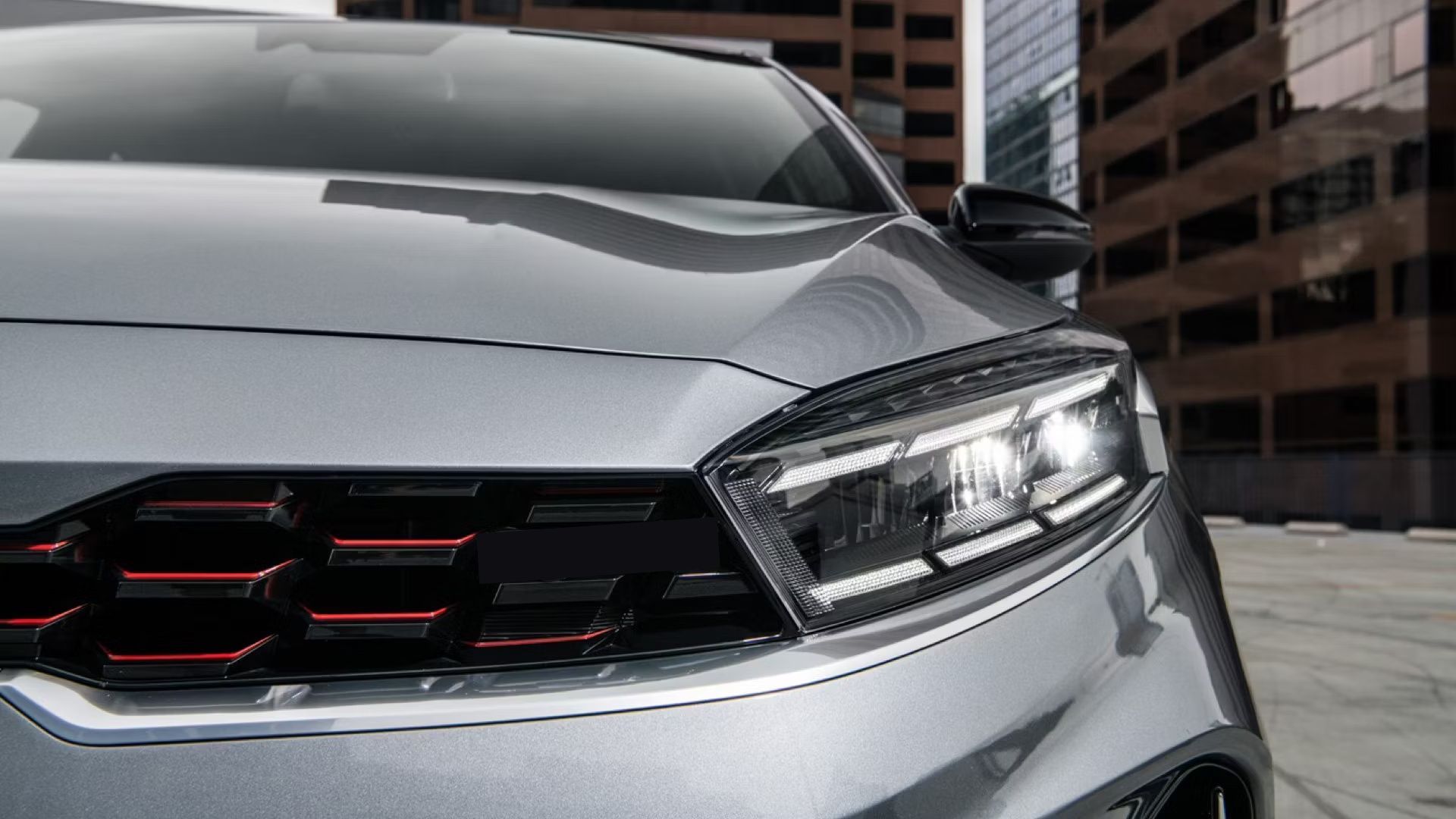
The Gas-Powered Car With The Highest Driving Range In 2024
If you prioritize fuel economy and a long-range, here is the highest-range gas-powered model for 2024
One Of The Key Points Lies In Applying Gentle Acceleration and Braking
Hypermiling is a practice that can be done in any vehicle, as it’s a way of driving rather than a feature included in cars. This means you don’t need to shell out for a new car with better MPG to be able to improve your car’s gas mileage. It’s simply about handling certain parameters of the car delicately with the aim of avoiding an increase in fuel consumption. The first thing you should do is know your car’s MPG, as this really is the initial step to reducing your fuel costs.
Long Gears And Low Revolutions Are The Basic Rules Of Efficient Driving
At higher speeds, the engine reaches its optimal performance, but it also faces increased wind resistance, causing the engine to work harder and leading to higher gas consumption. Whether you’re on a non-urban route or driving in the city, the key is to keep the RPM needle as low as possible.
Bringing it down to zero is obviously impossible, but for reference, it should be above 1,500 and below 2,000 RPM. On highways, for instance, hypermilers recommend driving at no more than 45 miles per hour.
It’s also crucial to drive in gears that we might not typically consider for slow routes. It may seem counterintuitive, but cruising in a higher gear at 40 miles per hour is common in the world of hypermiling, although it’s probably best to maintain a reasonable speed so as not to antagonize fellow road users. What about first gear? Well, it should only be used within the first five meters — anything beyond that is considered wasteful!
Avoiding Braking May Improve Your Fuel Costs
With a powerful engine under the hood, though your heart may urge you to speed, hypermiling is all about managing the throttle pedal; you must be mentally strong and control yourself to avoid increasing revs. That goes hand in hand with another very interesting aspect when calibrating the car’s speed: braking should be the last resort inefficient driving.
Without putting yourself or other drivers in danger, anticipation tactics (looking much further ahead than just a few meters) can be employed to avoid hitting the brakes. If you see the traffic light is turning yellow, you can decelerate in advance to save on that extra consumption!
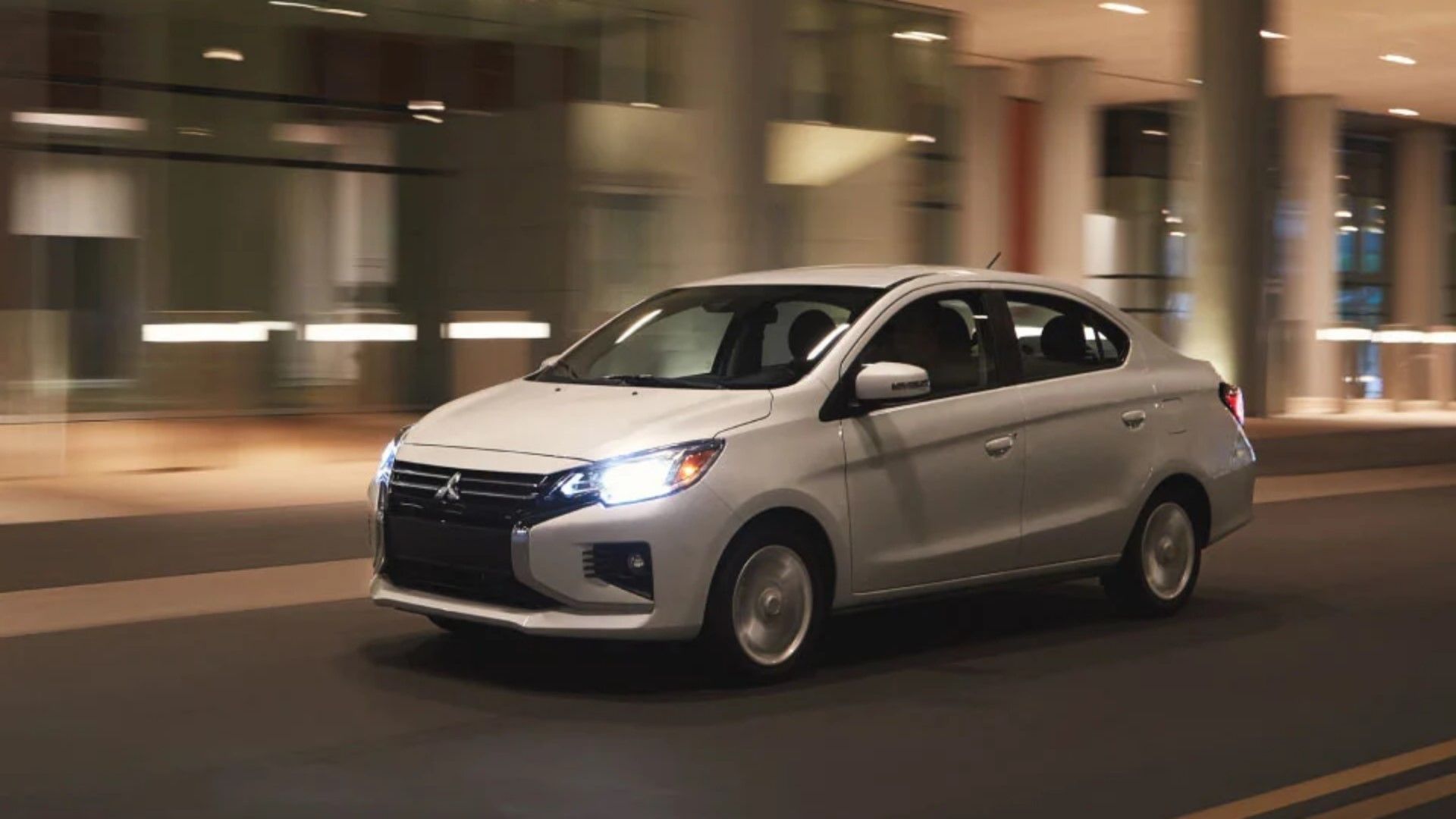
Most Affordable Gas-Powered New Car That Gets 40+ MPG
With EVs on the rise, Mitsubishi still manages to produce standout fuel efficiency at one of the most affordable prices on the market with the Mirage
Additional Small Tricks That Contribute To Maximizing Gasoline Usage Efficiency
Hypermiling goes beyond driving smoothly and attentively. It’s a practice that some people, completely committed to spending less, have taken to the extreme, at the point where every variable, no matter how insignificant it may seem, influences the amount to pay when refueling.
A Hypermiler’s Car Should Be Optimized To Deliver The Utmost Efficiency
If you’re serious about becoming a hypermiler, your car should be well maintained and serviced regularly, and the tires should be inflated to the correct pressure to ensure optimal rolling resistance. Additionally, any unnecessary items in the trunk should be removed to reduce weight and, therefore, improve gas mileage.
For A Hypermiler, Parking Is Truly An Art
When parking, seriously-committed hypermilers try to use their location to their advantage. In cold weather, they may park their car in the direction of the sun so that the sunlight melts any frost on the windshield, rather than relying on the heated screen. In warm weather, they’ll park in the shade to minimize the need for the car’s air conditioning to cool down the cabin.
Some hypermilers go even further by parking in optimal positions to avoid wasting fuel on unnecessary maneuvers out of parking spaces. This often involves parking “face out” to enable immediate forward movement, while others may choose to park on downward slopes to “coast” away using as little fuel as possible.
The 10 Techniques Hypermiles Employ To Save Fuel
- Reducing the vehicle’s mass to a minimum: It refers to unloading non-essential items from the trunk.
- Inflating the tires to the maximum pressure: This reduces rolling resistance and, therefore, should improve fuel consumption.
- Reducing the driving speed: Traveling at 60 mph improves your economy significantly when compared to traveling at 70 mph.
- Driving without using the brakes: Try to drive for as long as possible without braking. The car’s momentum keeps the engine running, bringing consumption to zero just like when going downhill.
- Route planning: If you have to drive, plan a route that is as short and flat as possible while avoiding potential traffic congestion.
- Switching off the Engine: If you do end up being stopped in traffic, turn your engine off to save fuel.
- Turning off the air conditioning: This is a controversial point, as it’s evident that the air conditioning compressor consumes energy. However, if the alternative is to lower the windows, one must consider at what speed and external temperature it’s more economical to choose one strategy over the other.
- Coasting downhill in neutral: Generally, descending puts fuel consumption at zero if we let the car’s momentum move the engine. This practice is very dangerous and not recommended, although many apply it whenever possible.
- Smart parking: Find a parking spot that you can drive forwards out of and save fuel by avoiding reversing maneuvers.
- Drafting behind other vehicles: From a technical standpoint, and disregarding the high likelihood of an accident, the turbulent and low-pressure zone left behind by a vehicle offers less resistance to movement than still air, resulting in fuel savings. Once again, this practice is not recommended due to its danger.
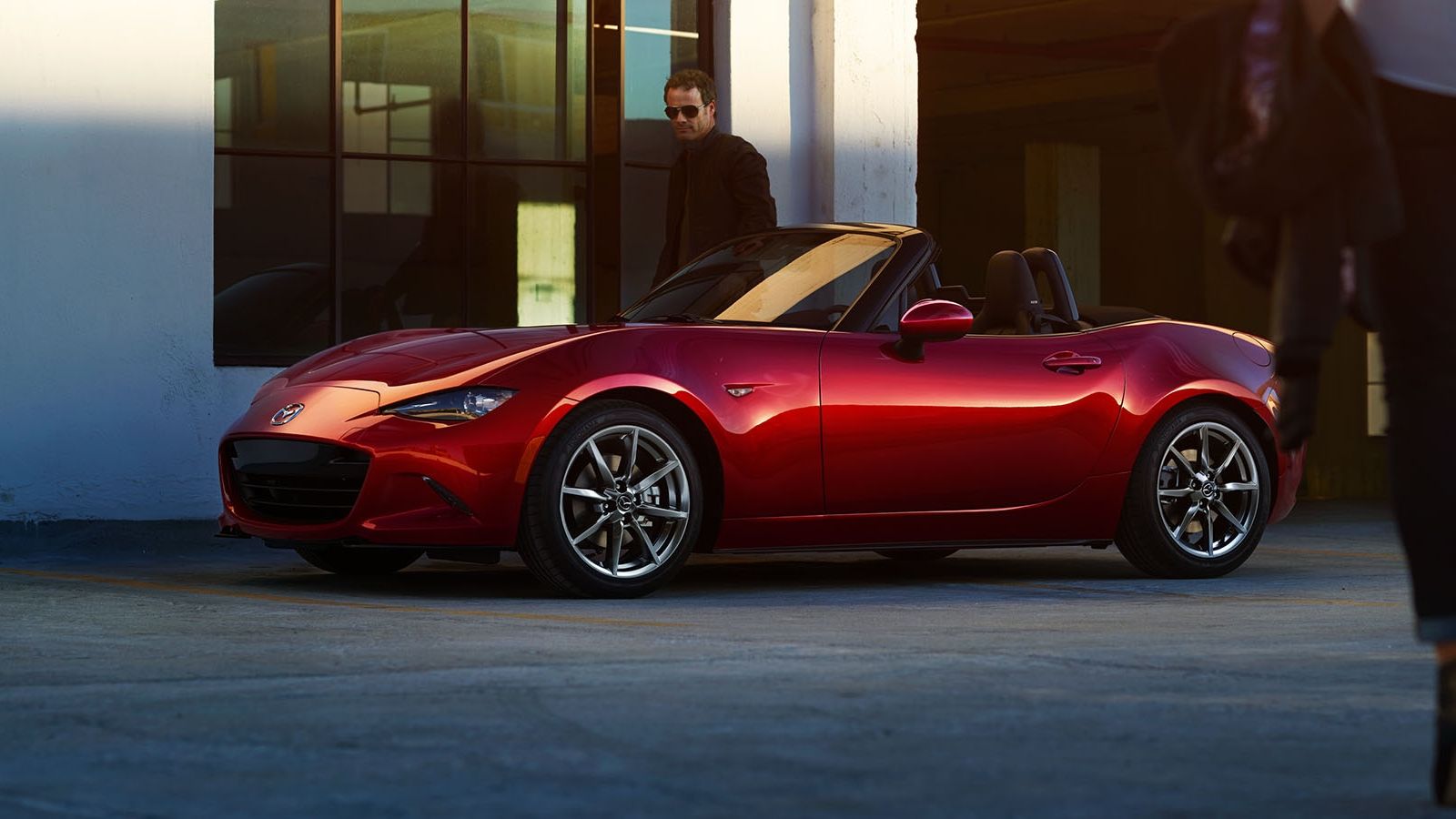
The Most Fuel-Efficient Cars You Can Buy Today
These vehicles are as fuel-efficient as it gets before you go for the hybrid models, but they aren’t as boring as you’d expect
It’s Possible To Stretch A Car’s Fuel Economy
While the video above highlights some of the hypermiling techniques, the big question you must be asking yourself by now is: does this really work? Every case is different, and if you want to be rigorous, it would be necessary to do continuous monitoring of the progress made when applying these techniques.
There isn’t a general way to describe these measures because every car is different, and everyone’s daily routine and driving habits are also unique. Therefore, the best way to demonstrate the effectiveness of these practices is to rely on real-life cases of those who have implemented them.
Serious Hypermilers Covered Over 8,000 Miles With A Fuel Economy Of 81.17 MPG
In 2015, Wayne Gerdes and Bob Winger embarked on an extraordinary journey across all 48 contiguous U.S. states, fueled by less than $300 of diesel, equivalent to just eight tankfuls. Covering a staggering distance of 8,233 miles, they achieved an astounding fuel economy of 81.17 miles per gallon, setting a Guinness World Record.
Their accomplishment defied the official rating for the vehicle they utilized – a VW Golf TDI, as certified by the EPA for 31 and 45 MPG in city and highway driving, respectively – thereby securing a world record.
The drivers, Wayne and Bob were no strangers to such feats; in fact, they had surpassed their own previous record of 77.9 MPG achieved on the same route back in 2013. Interestingly, the term ‘hypermiling’ was actually coined by Gerdes in 2004 and gained widespread recognition, eventually being recognized as the Oxford Word of the Year in 2008.
“That’s okay, they’re not buying my gas”, stated Gerdes back in 2022 in an interview with CBS when told that driving at 55 miles per hour is going a lot slower than everybody else on the road.
On average, Wayne has reduced his fuel consumption by about 40 percent, saving him approximately $2,500 a year.
Gerdes Is A Multiple Record-Holder
Wayne holds several records to his name thanks to his skills as a hypermiler.
- He once pushed a Honda Insight hybrid to four times its rating, achieving 220 miles per gallon on a 15-mile drive.
- In 2008 he drove a stock Toyota Prius on an all-highway, 805-mile route from New York to Chicago on a single tank of fuel (he arrived with a gallon to spare).
- In 2015 he drove a RAM 1500 truck from Los Angeles to Denver on a single tank, while climbing over the Rocky Mountains in mid-winter.
In 2016,
during an interview with CNN
, when asked which of his achievements he is most proud of, he said: “Actually, those of other hypermilers behind the wheel, thanks to my tutelage or simply inspiration.”
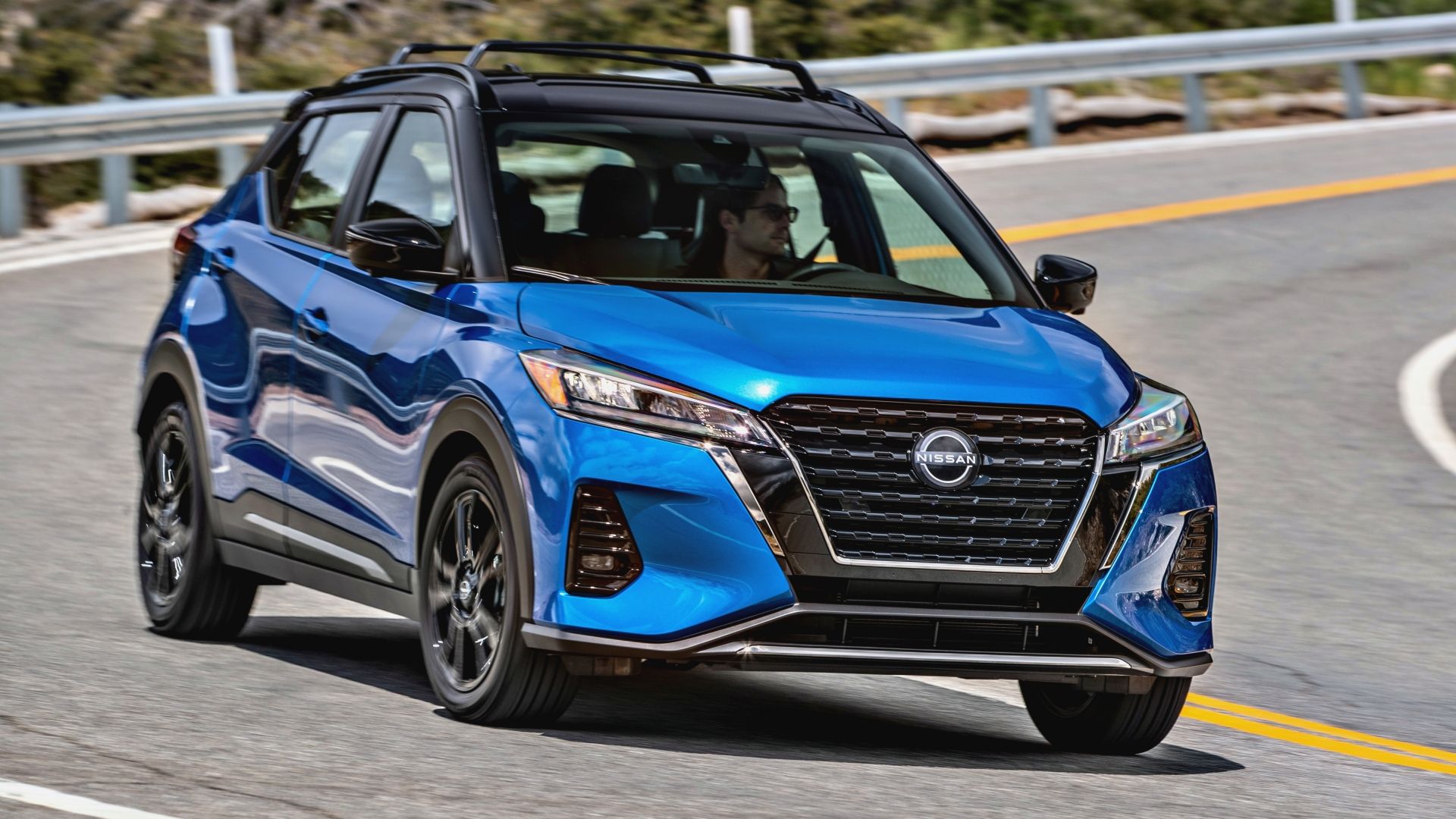
10 Gas-Only Crossovers That Are More Efficient Than You Realize
Explore compact and sub-compact SUVs that combine the functionality of crossovers with the frugality of expertly engineered gas-only engines
Efficient Driving Taken To The Extreme
Some hypermilers, in addition to applying the classic techniques from the manual, feel the need to push the boundaries further by employing other less common and more dangerous methods.
Coasting: Turning Off Your Engine Mid-Drive
Engine-off coasting is based on reaching a suitable speed, shifting into neutral, and then shutting off the engine to coast as far as possible with the car’s ignition turned off — relying solely on momentum to keep moving forward. Once the car decelerates to an unacceptable speed, the driver switches the engine on and gradually accelerates until reaching the desired speed, and so on.
Tailgating Behind Semi-Trucks Is A Thing
Not enough of a challenge? Some of the most dedicated hypermilers engage in drafting behind other vehicles while their own engine is switched off. Essentially, they are propelled forward by the lead vehicle’s tailwind. The larger the vehicle in front, the better.
Tailgating behind semi-trucks is dangerous even under the best of circumstances (since it involves sacrificing control to another driver who probably can’t see you in their blind spot) but hypermilers are particularly attracted to this practice. Standard drafting (with the engine on) is a more common and less extreme variation of the coasting technique.
Drive Carefully And Stay Safe Out There
Most of the hypermiling community has generally condemned these techniques, recognizing that saving a few gallons of fuel is not worth jeopardizing the safety of everyone else on the road. So, if you encounter a car closely following a semi-truck or significantly slowing down on the highway, it’s probably best to steer clear and let the obvious (and possibly oblivious) hypermiler save fuel in solitude.
If you are considering implementing any of these measures, whether the more conservative ones or the more extreme ones, it’s recommended to always do so with caution in order to protect your own life and the lives of other drivers on the road.
[ad_2]
Source link

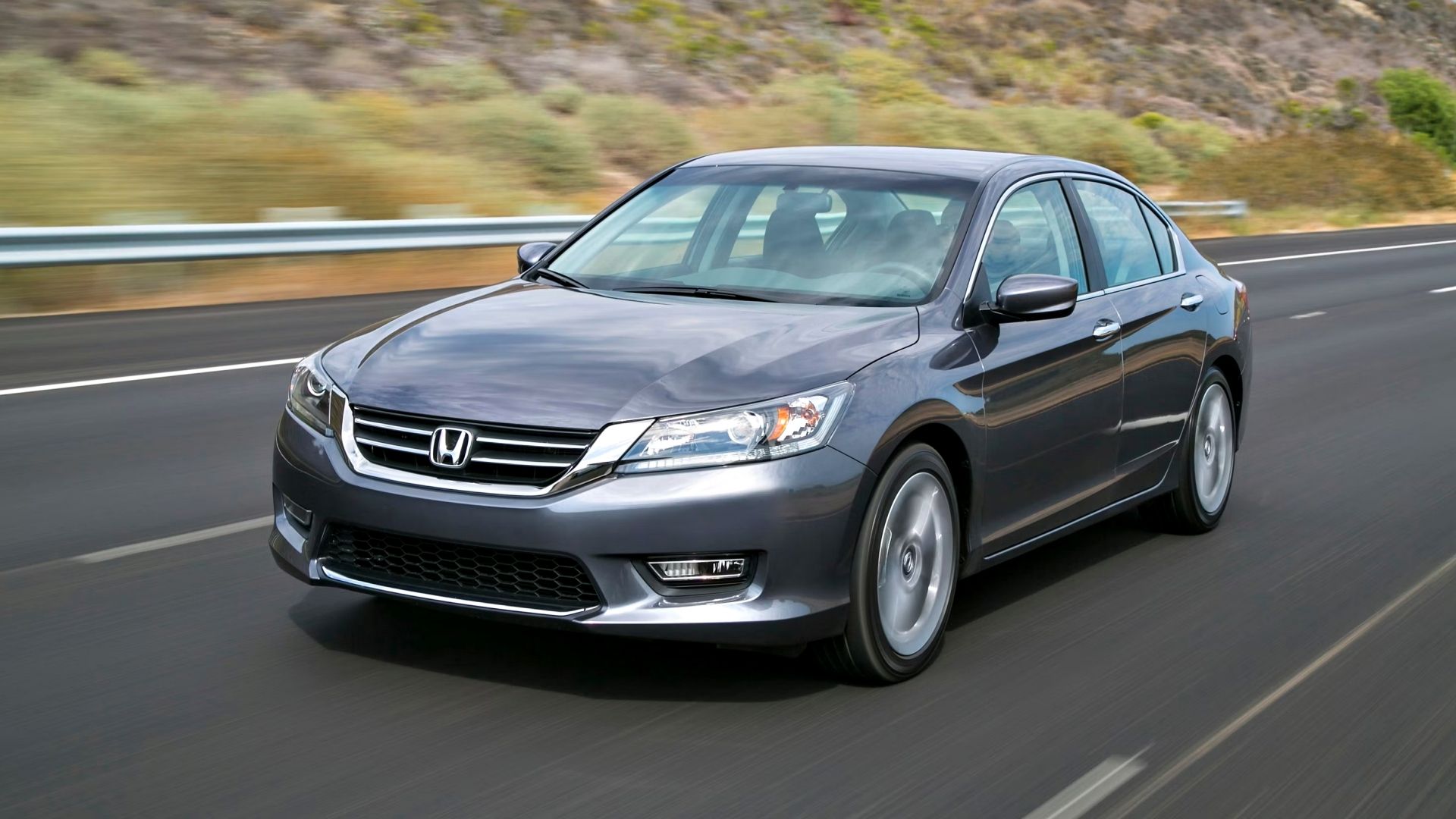
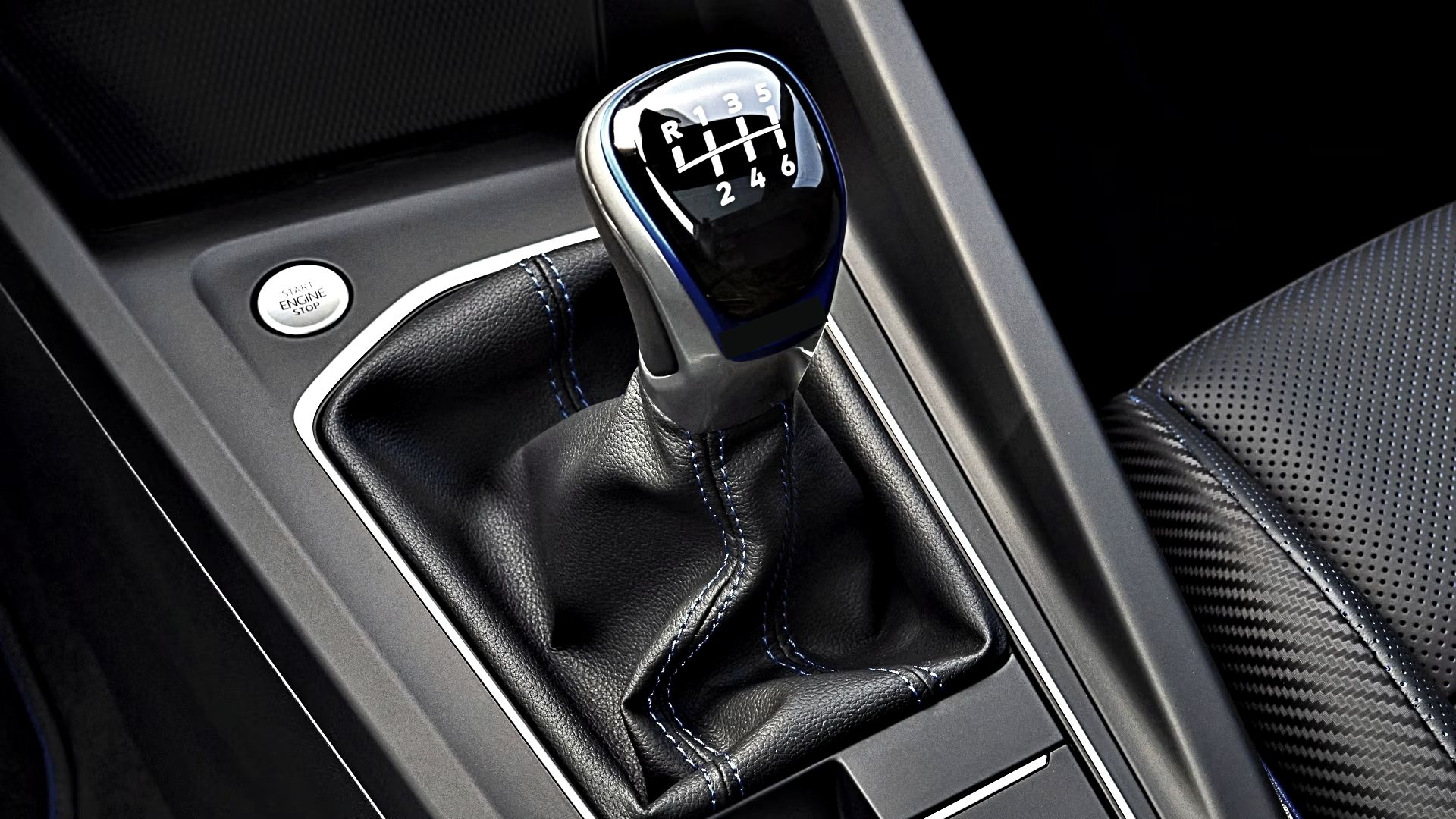
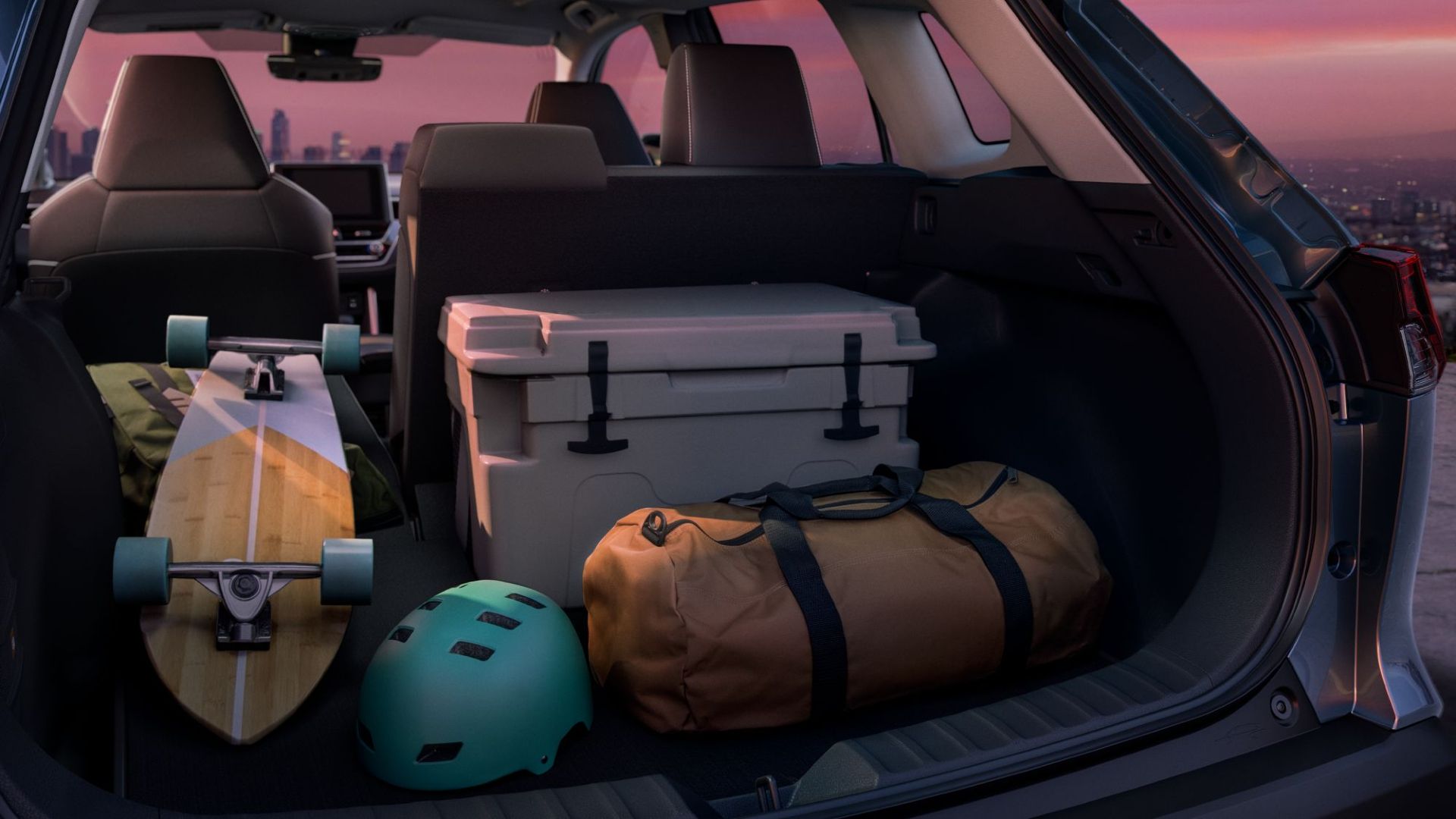
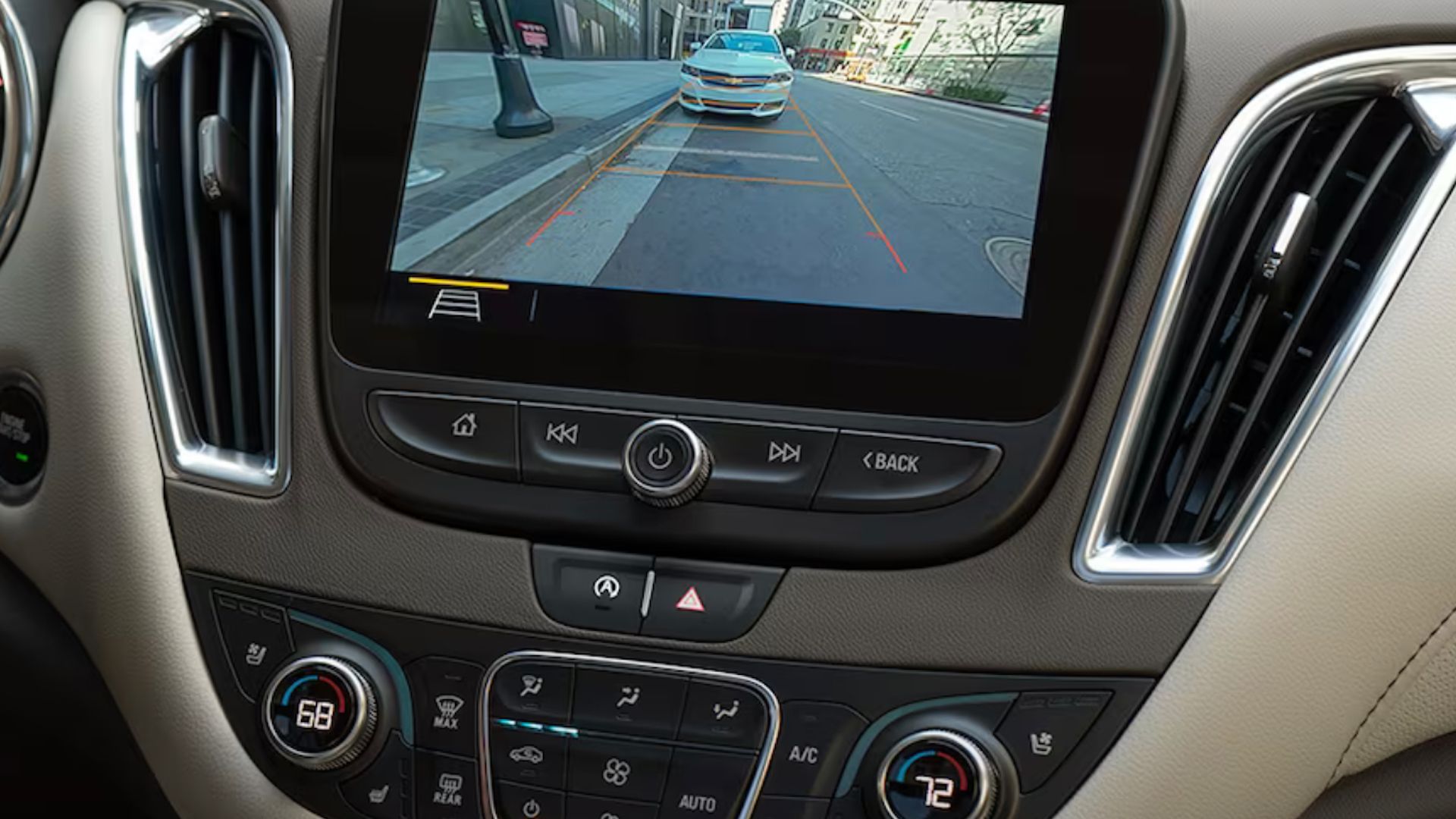
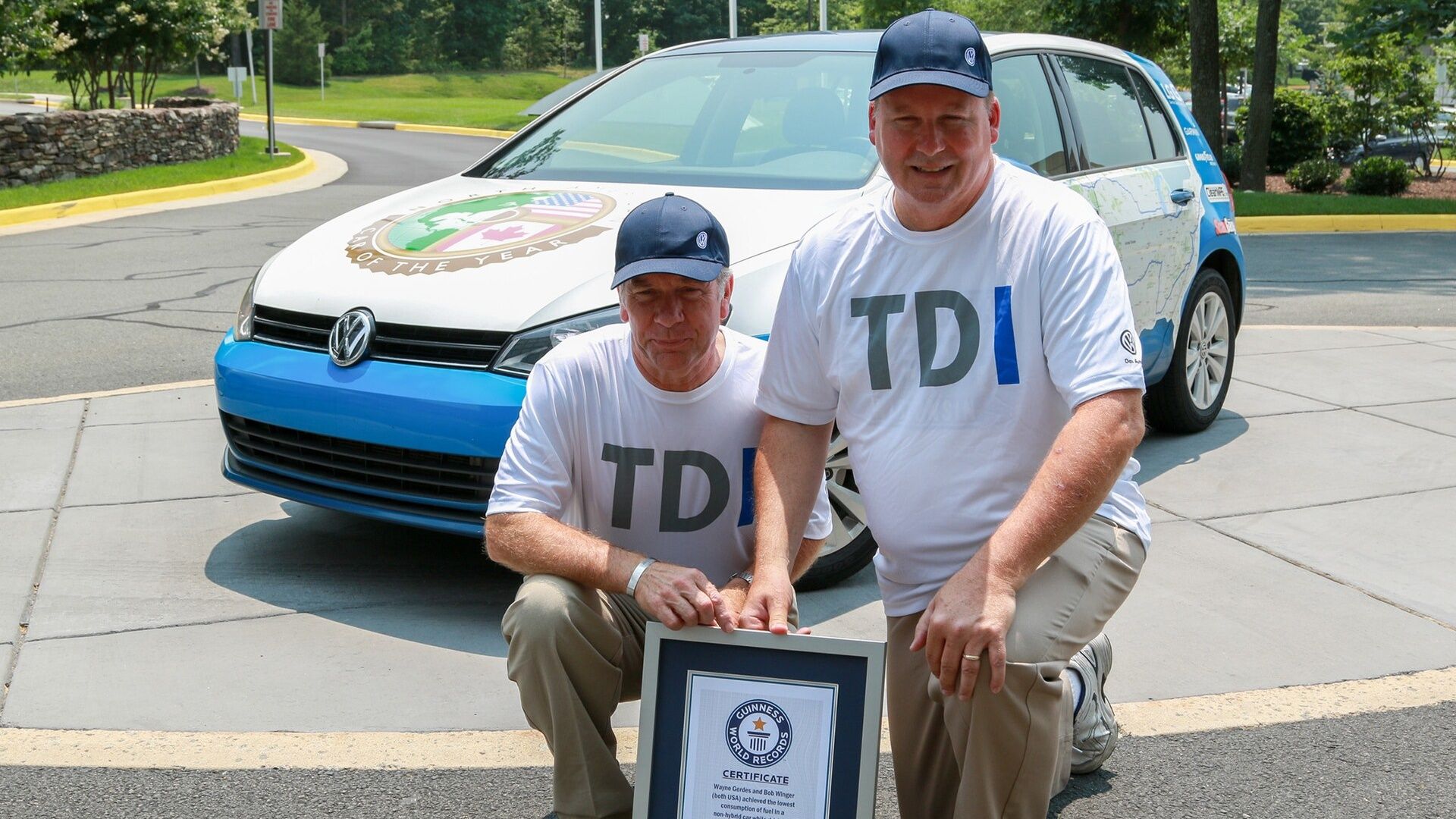
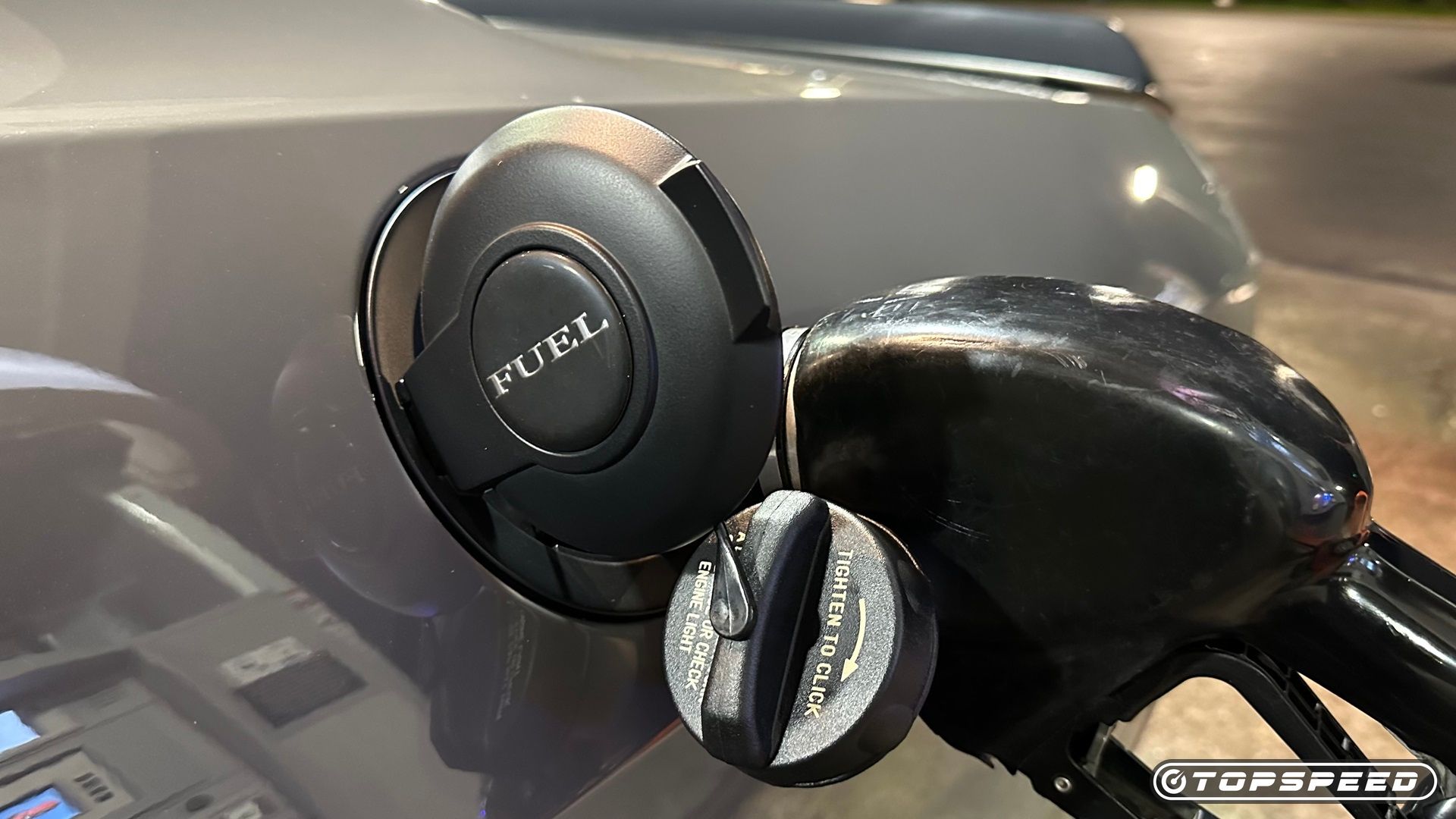
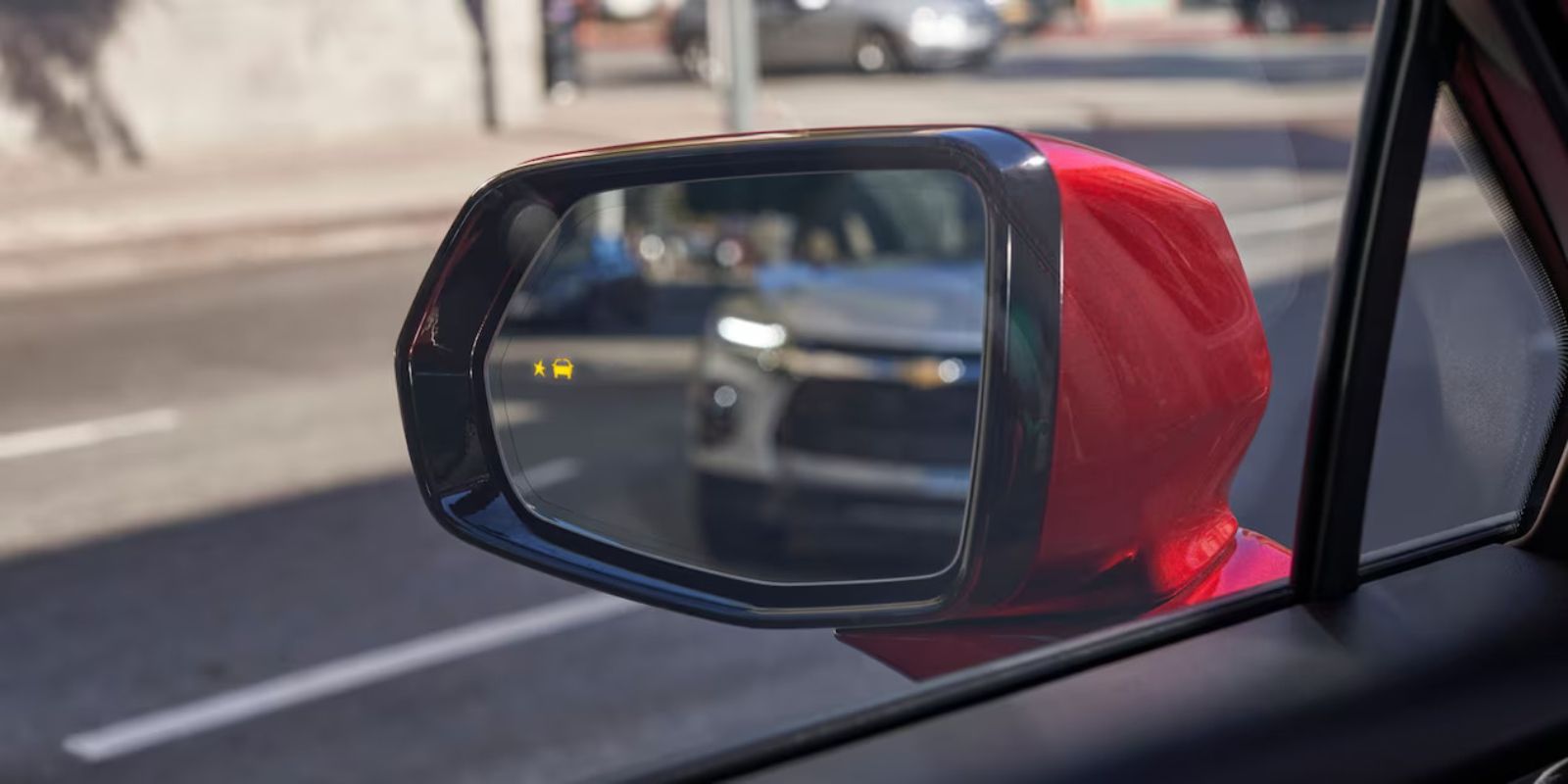
Leave a Reply
You must be logged in to post a comment.